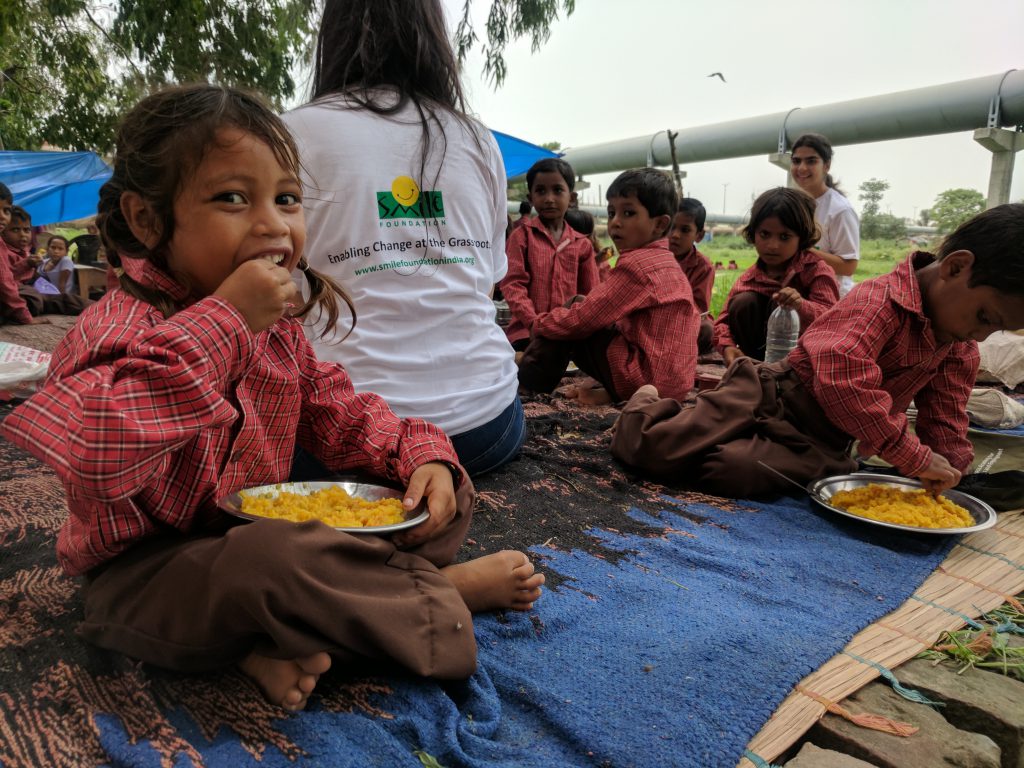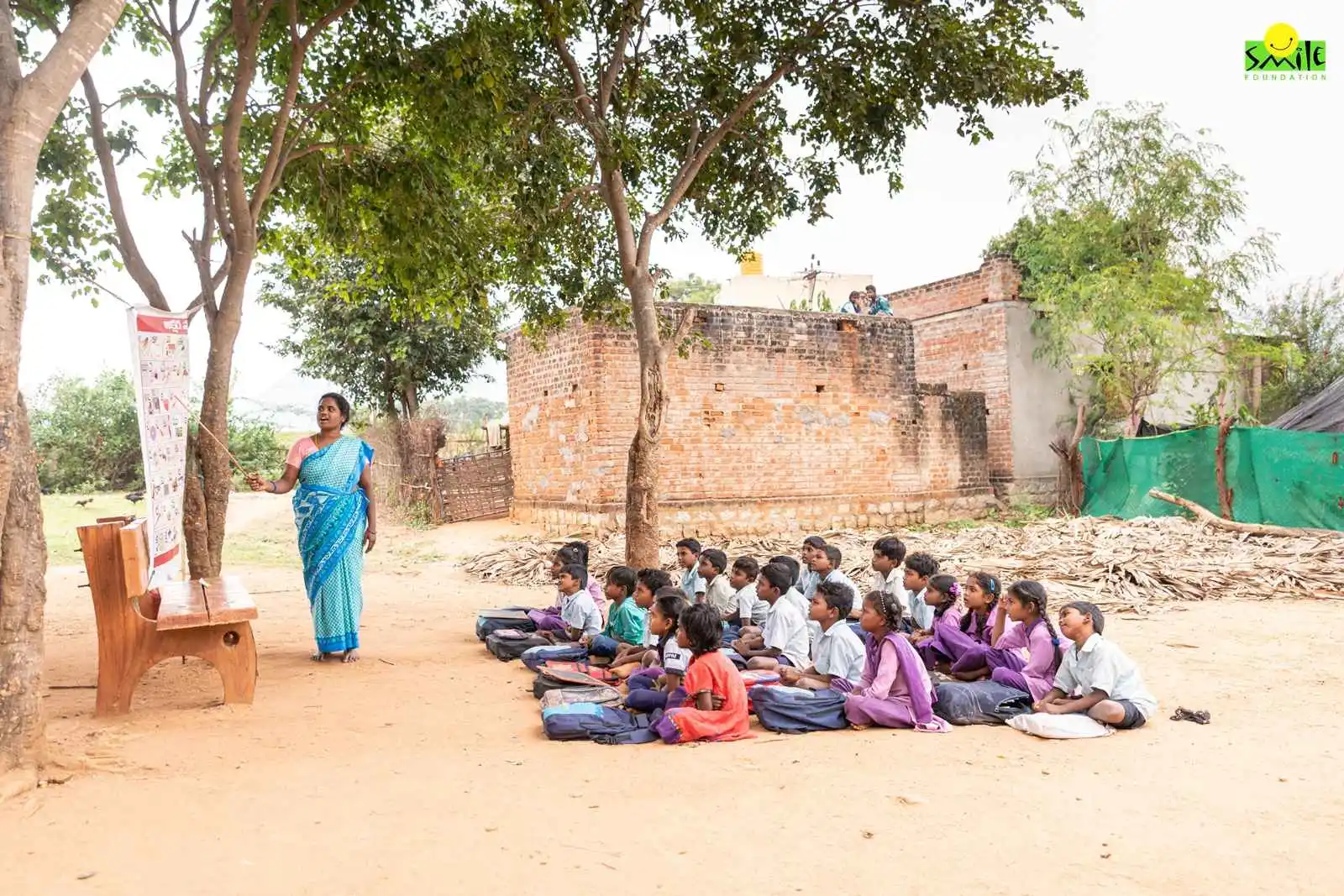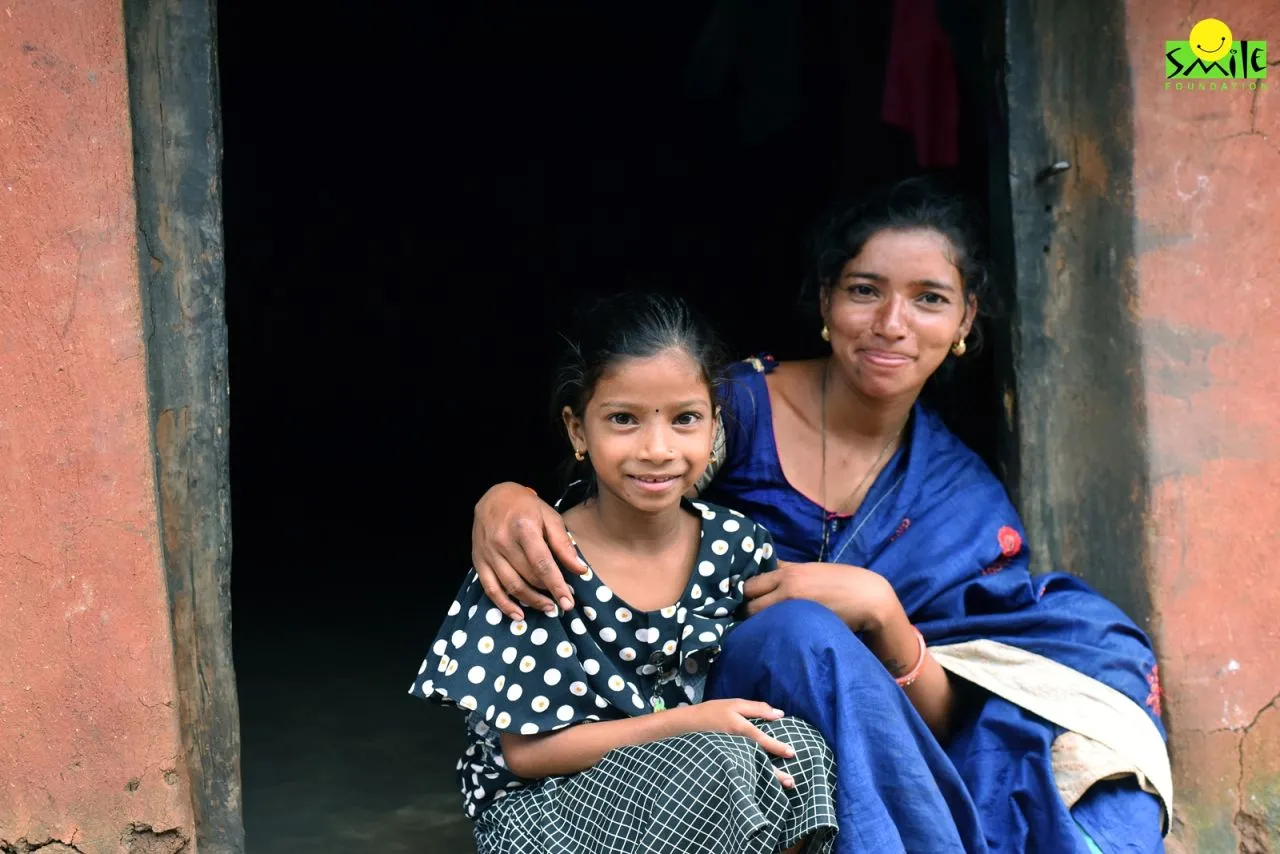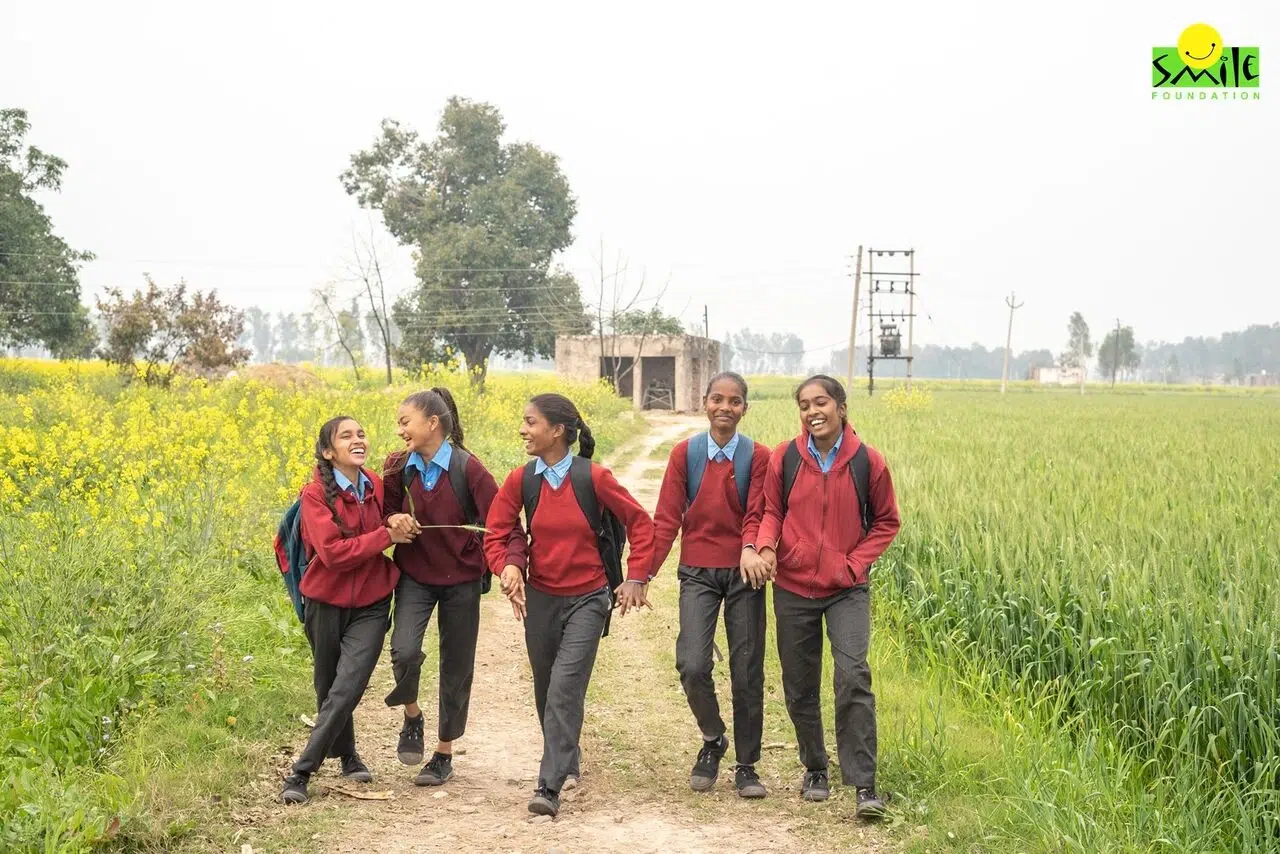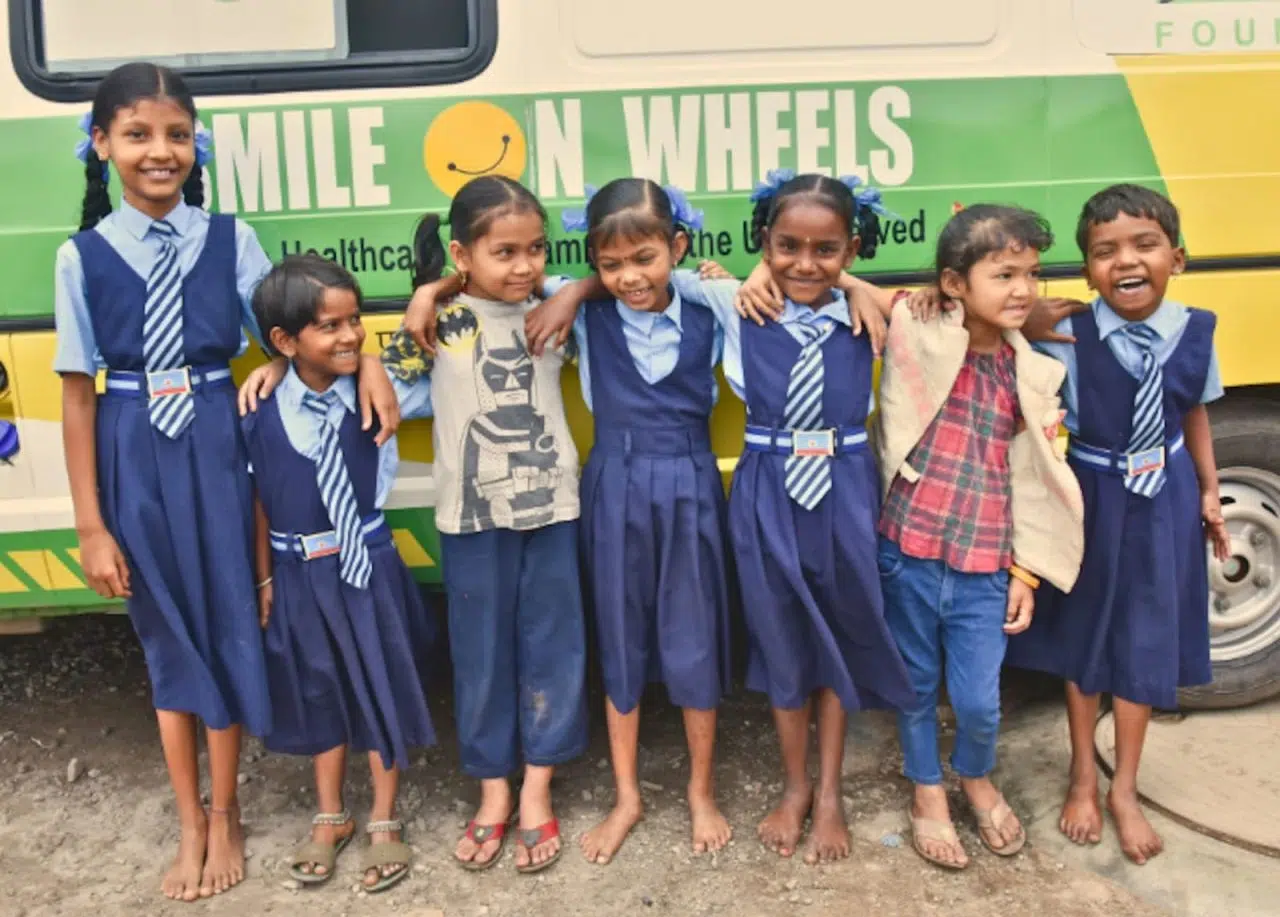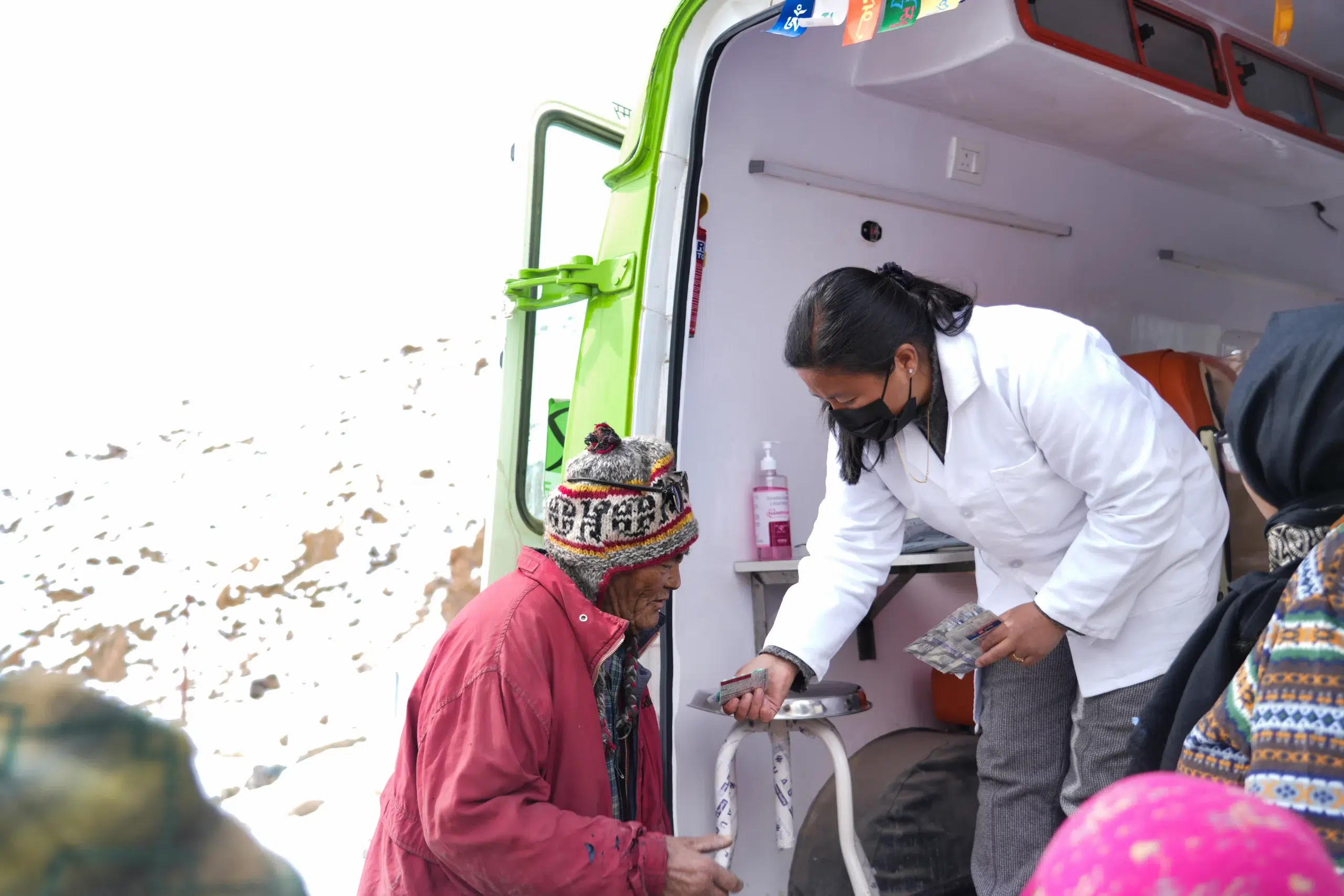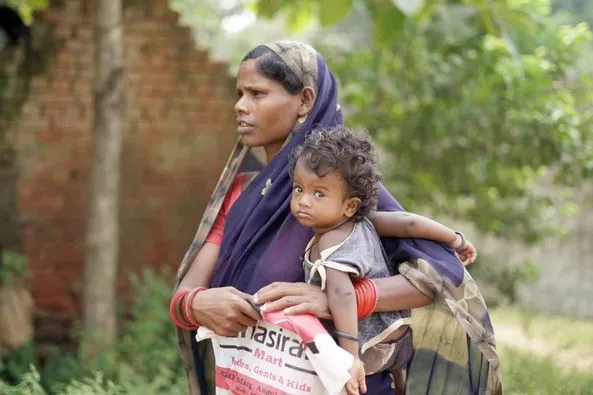Our parks are full of people on their morning walk or practising yoga. So are our gyms that are filled with people pursuing their fitness goals. There are more takers for master health check-ups and advances are being made in the field of healthcare. Yet, studies reveal that more Indians are unhealthy, and lifestyle diseases such as diabetes and hypertension are on the rise in modern India leading to a health crisis.
Why is India facing a health crisis?
The GOQii’s India Fit Report 2024, ‘Thriving at Any Age: The Blueprint for Healthy Longevity’ gives us a few insights as to why our country is facing various health crises. According to it, 45% of Indians are unhealthy. According to data compiled from over six million users, 59% of women were categorised as unhealthy compared to 40% of men.
Government data estimates that every year roughly 5.8 million Indians die from heart and lung diseases, stroke, cancer and diabetes. One in four Indians risks dying from a non-communicable disease (NCD) before they reach the age of 70. India stands to incur a loss of $4.58 trillion between 2012 and 2030 due to NCDs.
NCDs also account for about 40% of all hospital stays and roughly 35% of all recorded outpatient visits. These diseases are caused, in part, by underlying, modifiable risk factors. The major risk factors for NCDs in India are tobacco use, harmful use of alcohol, lack of physical activity, and a poor diet.
Lifestyle diseases on the rise leading to health crisis
The most prevalent diseases in India are high BP, high cholesterol, diabetes, and thyroid disorders, says the GOQii2024 report. Hypertension was found to affect 23% of the population, diabetes affects 17% of the population, 8% suffers from thyroid disorders. High cholesterol is a major risk factor for heart attack and stroke.
According to healthcare experts, the burden of diseases is high due to a few factors – an increasingly sedentary lifestyle, high calorie and nutrient poor diets, and stress.
“There are a number of reasons why India is facing such health crises,” says Dr V Mohan, chairman, Dr Mohan’s Diabetes Specialities Centre, Chennai. “The healthy’, organic products available in the market are not affordable for all. People tend to eat carbohydrates such as rice and wheat in excess but consume very little protein, so lack muscle. And exercise is not our forte.” People are also sleeping late and sleeping less (four-to five hours), and dealing with more stress, he adds.
“In urban India, you see that more people work from home (WFH), and consume more junk food. Even in rural India, earlier more people were involved in agricultural work, which has decreased. All this impacts our health,” says Dr Mohan.
Diet, the main culprit
Indians generally consume food that is rich in carbohydrates, fats, and sugars. Recently, the ICMR released 17 dietary guidelines to meet the requirements of essential nutrients and prevent non-communicable diseases (NCDs) such as obesity and diabetes. On the occasion, ICMR said that, according to estimates, 56.4 per cent of total disease burden in India is due to unhealthy diets.
The National Institute of Nutrition (NIN) under the apex health research body also said that healthy diets and physical activity can reduce a substantial proportion of coronary heart disease (CHD) and hypertension (HTN) and prevent up to 80% of type 2 diabetes, as reported by The Economic Times.
Rise in consumption of processed foods
According to the Global Food Policy Report 2024, almost 38% Indians consume junk and processed foods instead of having healthy meals. Only 28% people are eating healthy foods and 16.6% of the Indian population is suffering from malnourishment.
It also recorded a rise in the consumption of packaged and processed foods, which are high in sugar and salt, along with processed meats and instant meals. The report found that people are neglecting fresh vegetables, greens, pulses, proteins, fibres, fruits, and other micronutrient-rich foods. In fact, only 28% of the population consumes a healthy diet, which includes all five recommended food groups — vegetables, starchy staples like rice, fruits, pulses, nuts or seeds, and animal-based foods.
“Of late, we see people not just in the high-income group but also middle and lower-income groups coming for master health check-ups. And most of them are pre diabetic, diabetic, obese, and/ or have high cholesterol,” says Meenakshi Bajaj, dietician, Tamil Nadu Government Multi Super Specialty Hospital.
As Indians, we love snacking, especially on fried food in the evening, she says, which is bad for health. “This is seen in people of all income groups. People love to snack on murukku, chips or other fried snacks. Many people also consume vegetables only during lunch and not dinner and many have no idea of portion control,” she adds.
Late nights, the silent killer
WFH and working across time zones, addiction to cell phones and OTT platforms can all lead to staying up, and eating, late at night. And this can also have a huge impact on your health.
“Even if you eat healthy food with low glycaemic index late at night, the impact is the same as eating an unhealthy meal. It can be disastrous for your metabolic health,” says Meenakshi.
Is affordability a factor?
Affordability is also a factor impacting people’s food choices as there is a stark income inequality. According to the Global Food Report, 16.6% of the country’s population suffers from malnutrition due to the eating habits of the majority. India faces a double burden – that of obesity as well as malnutrition.
Food like fruits and vegetables that are rich in nutrients are more expensive than calorie-rich, processed food. So people from lower income groups are forced to opt for cheap, calorie-dense foods. This doesn’t nourish the body and can lead to more weight gain.
“You find that people in the lower income group buy a packet of biscuits rather than fruit,” says Meenakshi. “They are more focussed on satiety and taste rather than nutrition.”
Eating right
People need to focus on eating the right kind of food. “You can have millets, healthier forms of rice and wheat, pulses and grams,” says Dr Mohan. “Awareness will spread once you disseminate the right kind of information and explain the impact bad food choices can have on your health.”
Smile Foundation helping to tackle health crisis
Smile Foundation is addressing malnutrition tackling health crisis and promoting better health through our dedicated nutritional healthcare programmes. At the core of our efforts is the provision of essential nutritional support to underserved communities. Our healthcare initiatives include programmes that children, pregnant women, and families receive balanced and nutritious meals. By targeting the most vulnerable populations, we help mitigate the impact of malnutrition, providing critical nutrients that are often lacking in the diets of low-income families.
We emphasise on the importance of nutrition education. Through a range of awareness campaigns and educational sessions, we try to equip families with knowledge about healthy eating habits and the preparation of balanced meals using locally available ingredients. These educational initiatives are designed to empower communities to make informed dietary choices, ultimately fostering long-term health improvements. By integrating practical nutrition education, Smile Foundation addresses both immediate needs and the underlying causes of poor nutritional status.
Collaborating with local healthcare providers and leveraging partnerships, Smile Foundation enhances the reach and effectiveness of its nutritional programs. These collaborations help in delivering comprehensive care, including medical check-ups and nutritional counselling tackling health crisis. By working closely with healthcare professionals, Smile Foundation ensures that our programmes contribute to sustainable health outcomes. Our approach, which includes education and partnerships, positions Smile Foundation as a key player in the fight against malnutrition and in promoting healthier lifestyles across India.



